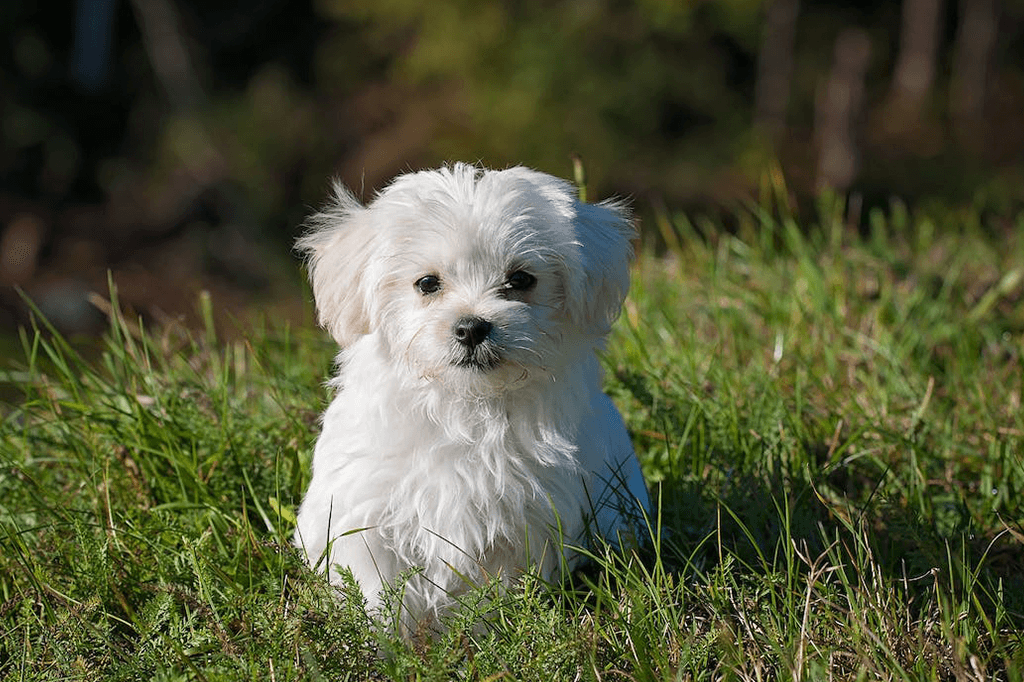5 Important Commands to Train Your Puppy During the First Month
Have you ever met a dog who was simply ill-behaved and awful? Chances are, this is because their owners were not serious about training them when they were just puppies. When you first receive him, begin to train your puppy as soon as possible. Brand new puppies come into your home ready to learn and grow. But whether they learn good or bad habits is entirely up to you!
Some of the most important habits you train your puppy will likely happen within their first month of life. This builds a foundation which you can use to add further training. Here are five of the most critical training points for your puppy’s first month:
Sit
First things first. Pups need to know that you are the Alpha in the relationship. This may be accomplished partially when you train your puppy to “Sit”. This idea of sitting helps to instill self-control into your puppy (because we all know that puppies have none on their own!) without asking too much of them. “Sit” is a basic command that allows your puppy to follow a simple instruction and be rewarded easily.
Teaching your young dog to sit is the perfect scenario for him to learn positive reinforcement. You can do this by using a treat, holding it close to your pup’s mouth (so they can smell or even lick it) but make sure they can’t get it. Lure your pup’s nose into the air by using the treat. And what happens when his nose goes up? His bottom goes down! Once he sits, he can have the treat. Eventually you can change your positive reinforcement from treats to praise and he’ll be just as happy.
Down
It might be cute when your tiny puppy won’t listen and simply crawls all over you. But that quickly stops being so cute when your puppy has turned into a large dog. Starting your dog early with the term “Down” helps to establish your control over the situation as the Alpha.
The technique for teaching a dog to lie down is similar to that for sitting but this one might be harder to train your puppy to master. When your pup is seated, place a treat near his nose, letting him smell and lick it. Then slowly try to lure his nose to the ground without giving him the treat. Be sure not to move too far away or he’ll stand up again. If this happens, tell him “No” and start over with the “Down” command. Be patient. When your dog eventually gets it, reward him with the treat and praise. Release with an “Okay” command.
Stay
Anyone who has ever met a puppy knows that they have a hard time sitting still! Using the “Stay” command can be difficult and this step should be taken very slowly. This command requires a great deal of patience and building a strong foundation of commands.
In order to train your puppy to Stay:
- Begin by having your puppy sit at your side.
- Tell your pup to “Stay”. (Many puppies respond well to a stop hand sign.)
- Slowly pivot around so that you are in front of him.
- Repeat the command “Stay”, but don’t step away.
- After one second, repeat the command again and return to your pup’s side.
- If he has remained still, offer praise, give a treat, and then release with “Okay”.
Repeat these steps and increase time and distance in extremely small increments. Make it a goal to get up to 5 seconds and two steps away. If your dog can’t quite handle this, then back off until he can master it. Then move on.
Heel
Practicing good leash manners is important to prepare your pup to eventually go for walks. Teach the “Heel” command by remembering that it literally means to follow your heel. Showing your puppy how to walk strictly at your side helps him learn not to pull on the leash. Eventually they can then walk more comfortably beside you.
Again, in order to train your puppy to “Heel”, your best bet is to use treats. As you step off to walk, say the command “Heel” and then lure him along with the food. The purpose of this is to keep his focus on you so that he does not run ahead. If he does move ahead, say “No”, stop walking, and put him back where he belongs next to you. Walk very slowly at first, guiding your pup the whole time and commanding him, praising him, telling him “No”, or guiding him back to the proper place. As he begins to understand what you are asking, stop luring with treats and use them as a reward.
Come
Getting your puppy to come to you willingly works as a critical part of his training. This is particularly true if he is ever off leash (playing in a dog park) or gets away from you accidentally. Difficult for puppies to learn, the “Come” command may take up to six months to master. But beginning in his first month of life is still important.
Many small pups won’t stray very far away from their masters. Use this to your advantage by only saying the command “Come” when you are certain that your pup will obey. Or if you are willing to actually go over and retrieve the dog yourself. Make sure your dog knows that “Come” is not an optional command.
One way to be sure that your puppy will come is by being more interesting than whatever he is doing. Bend down to his level, use a very excited voice, and be extremely encouraging. As soon as he comes, sit him at your feet, offer praise, and give a treat. This will positively reinforce his good behavior. At this stage you are trying to get your pup to believe that coming to you is the very best thing in the world!
Practice training your pup to “Come” in an area that is contained, such as in a hallway, our in a secured area. You need to be prepared to go get your puppy if he chooses to ignore you. Then praise him as soon as you touch him, so he associates this with something positive.
Puppies in their first months of life are small and sometimes silly. But they are never too young to start learning to behave and obey. The sooner you begin to train your puppy, the better a foundation you will lay. And your pup will appreciate your efforts to help him live a happy, obedient life.



